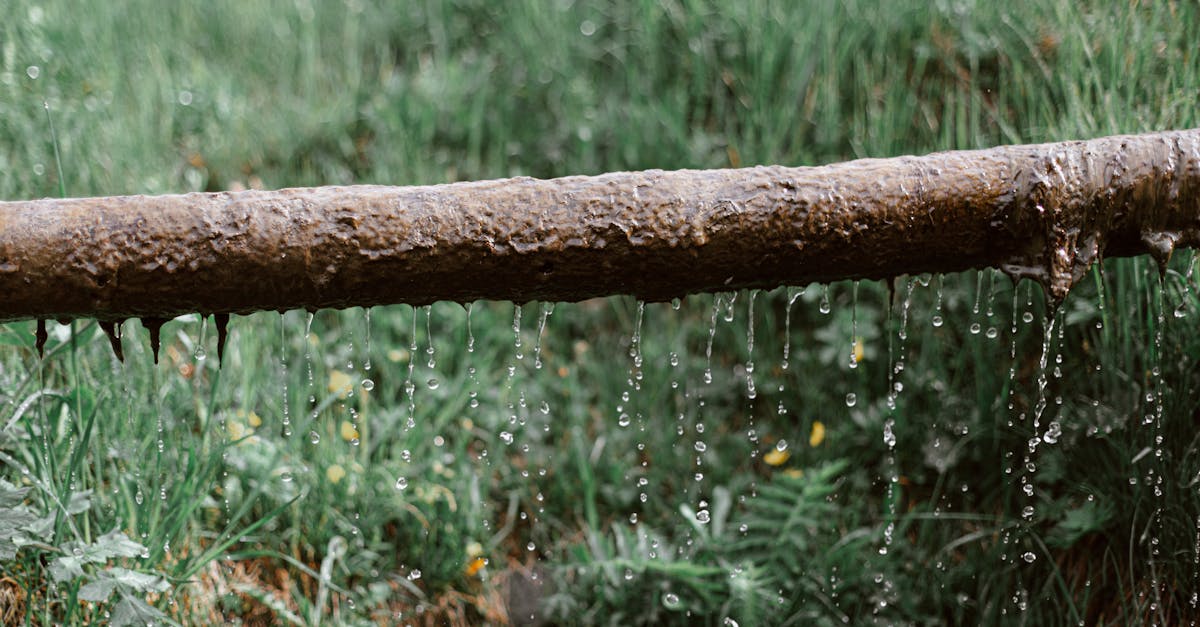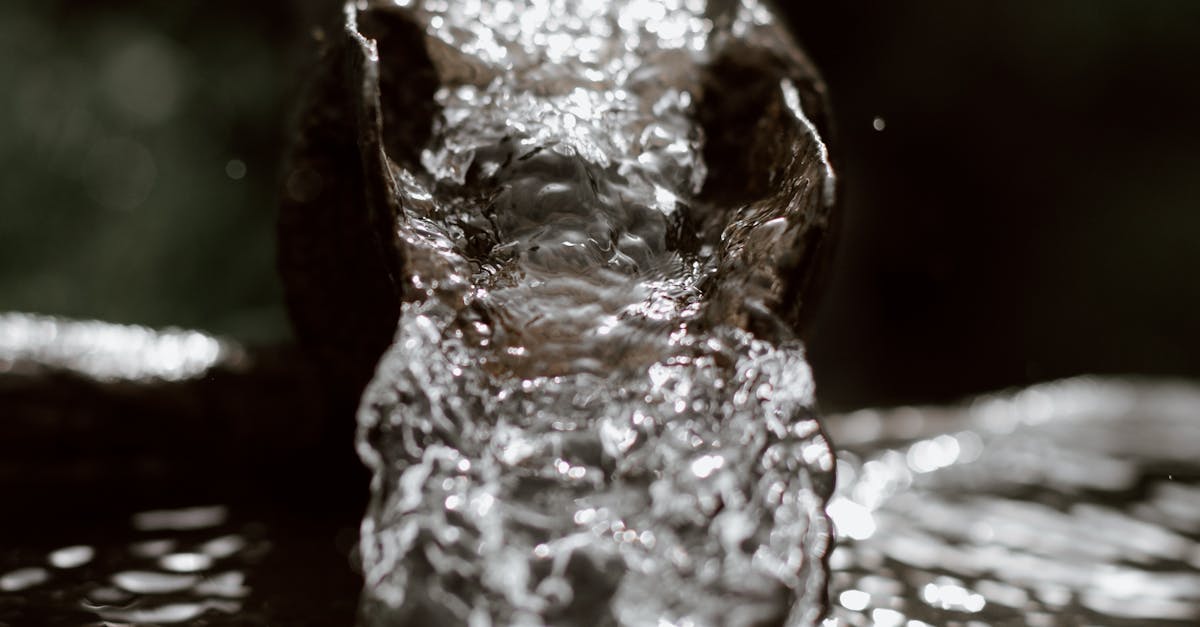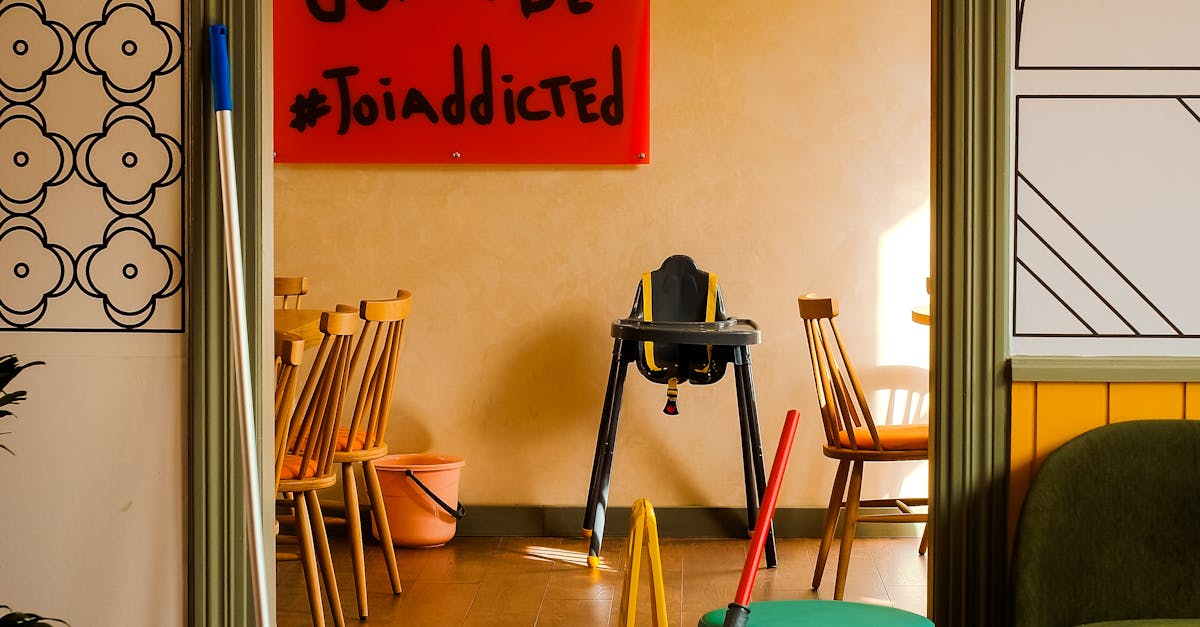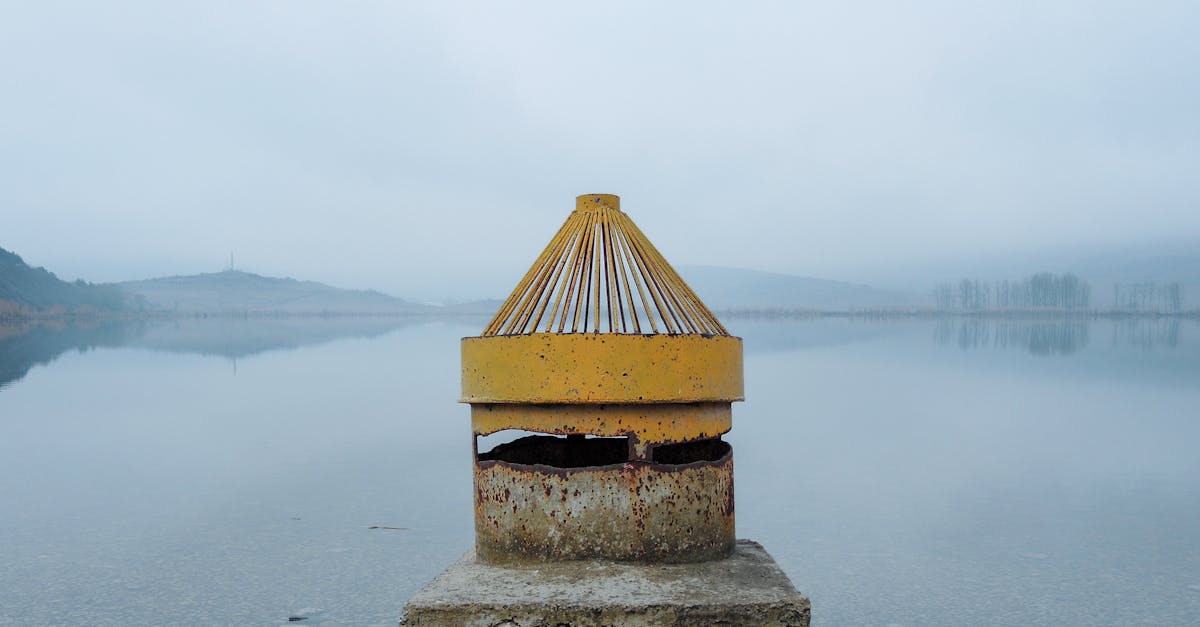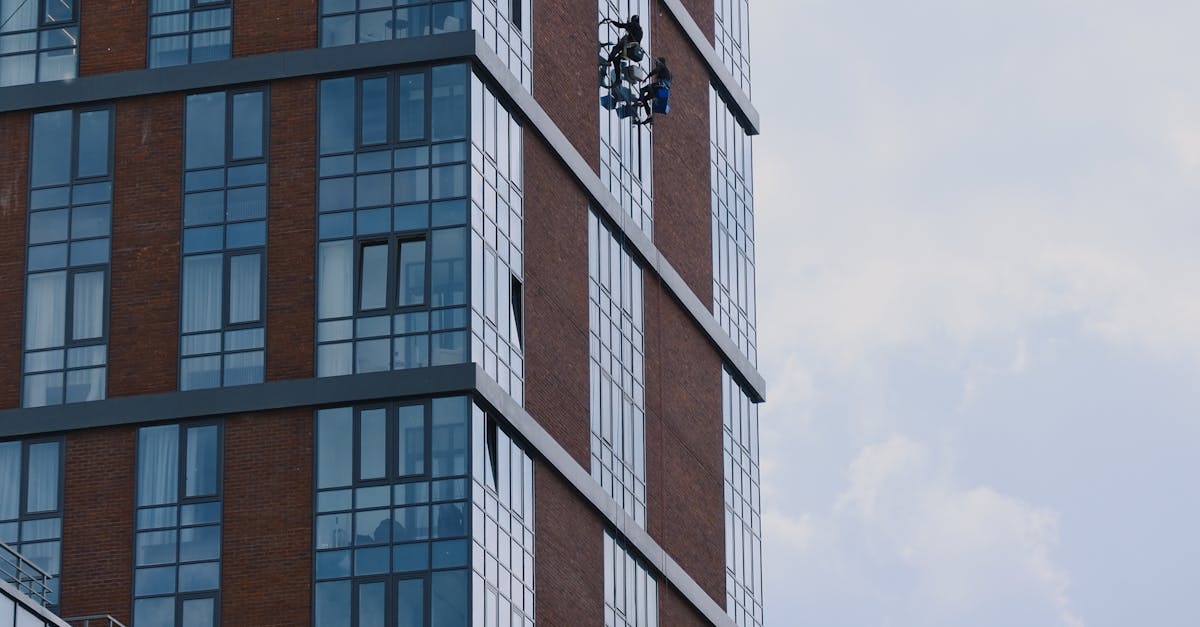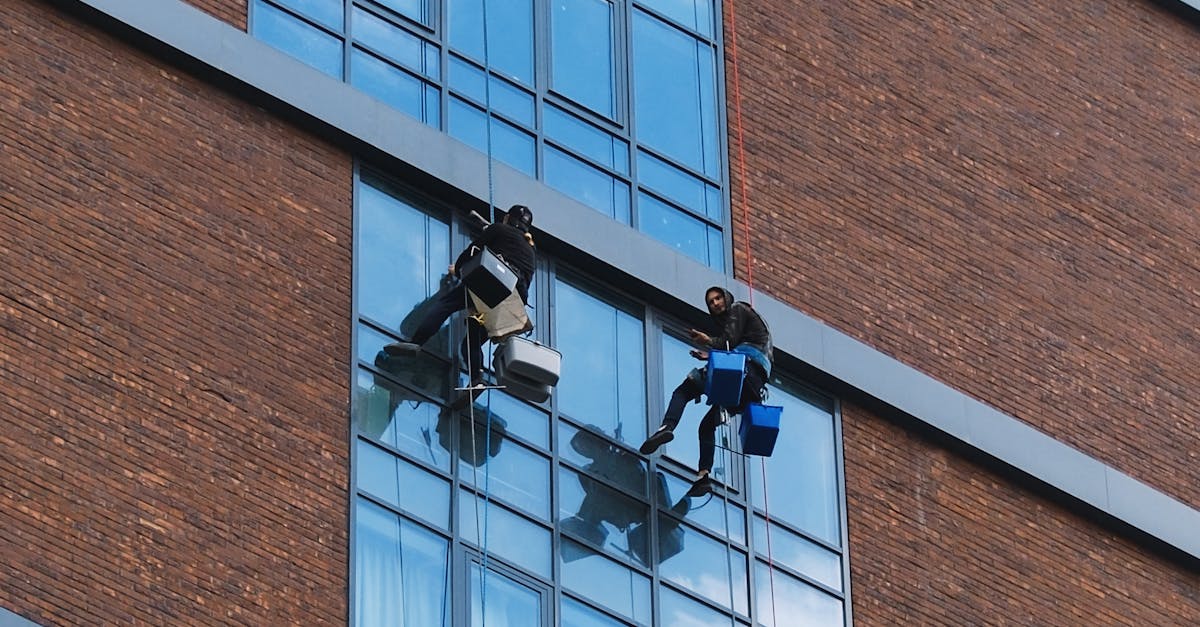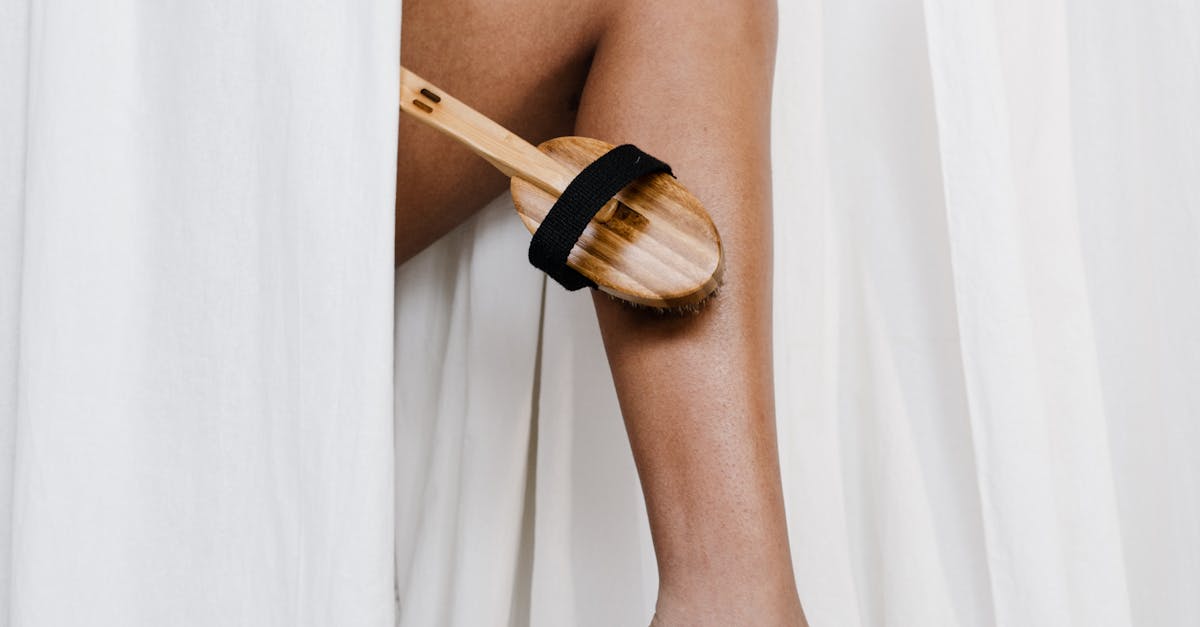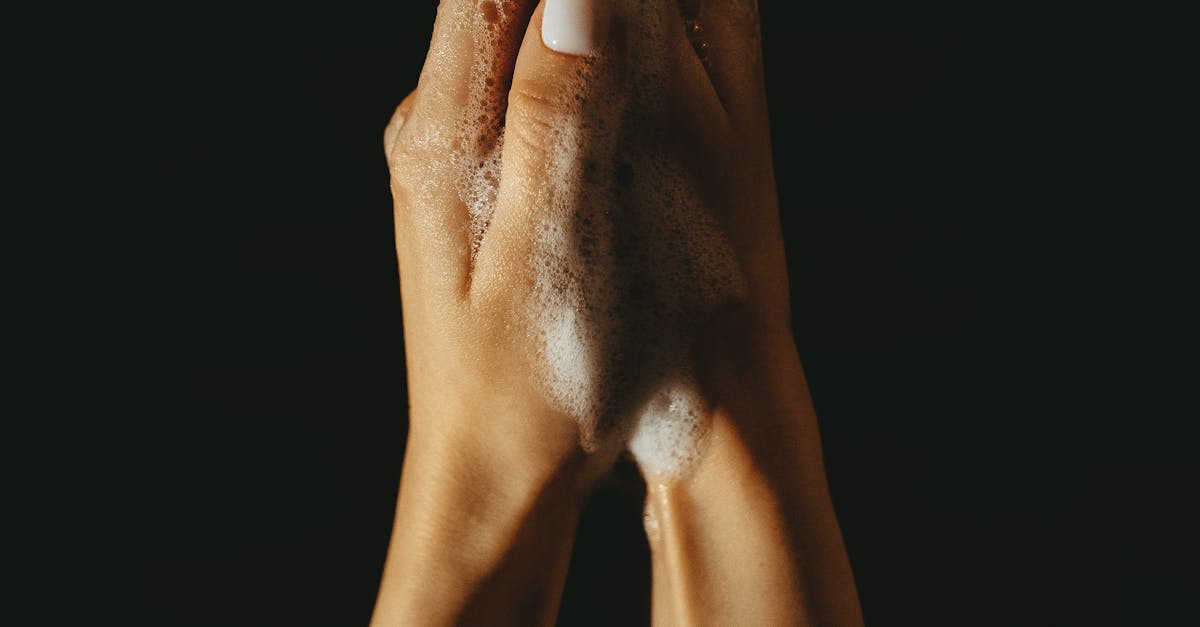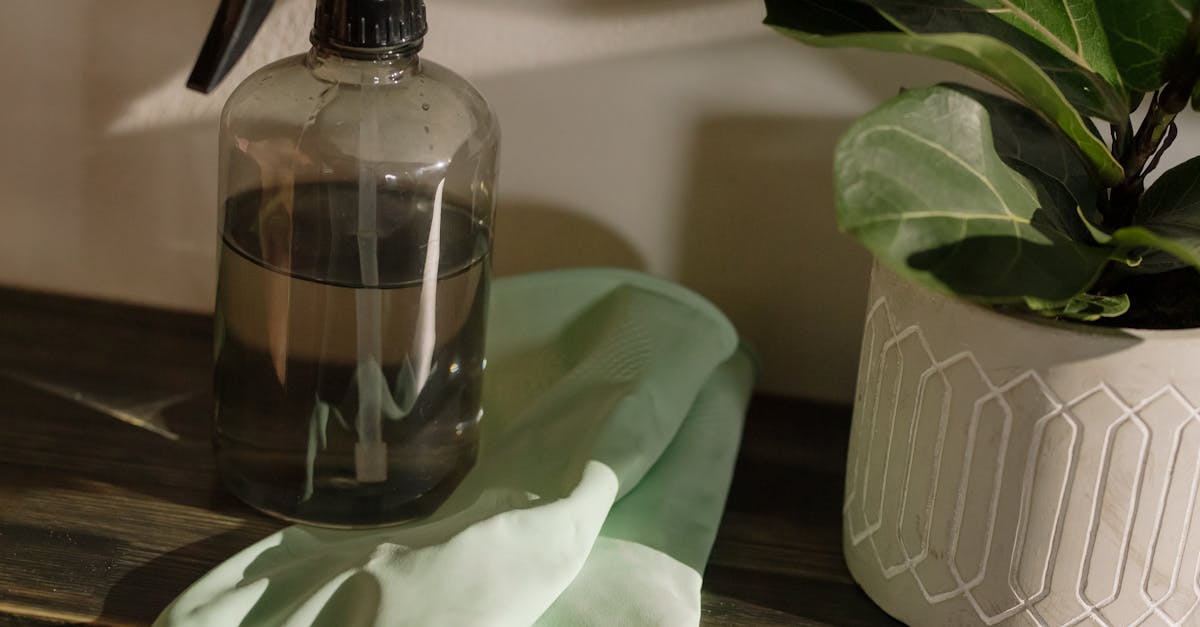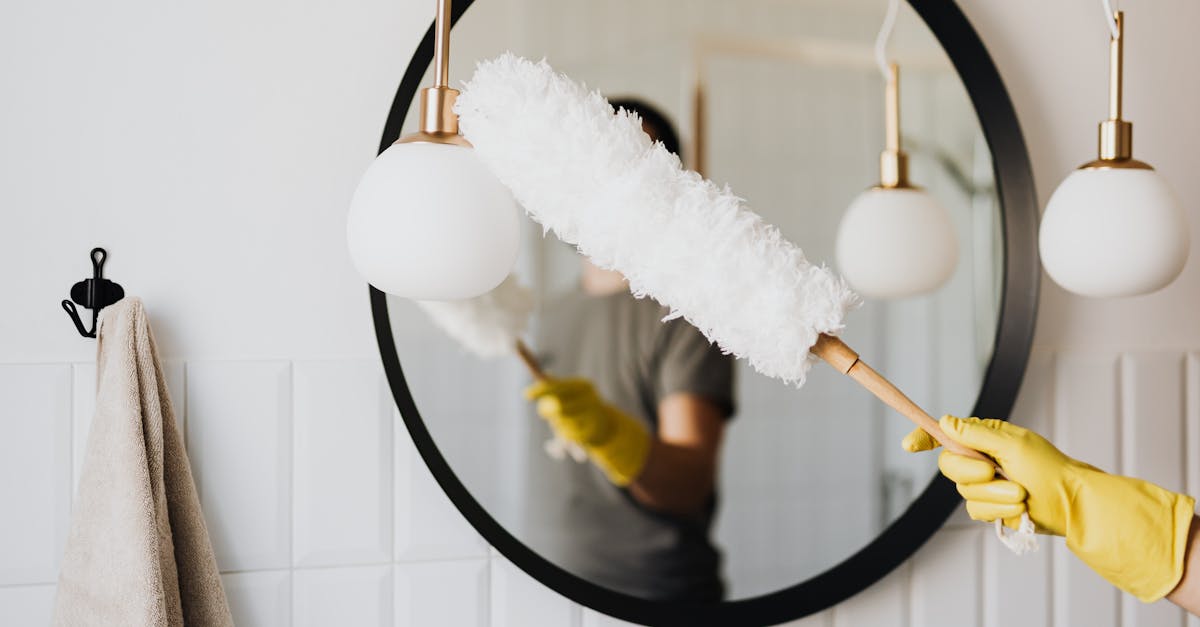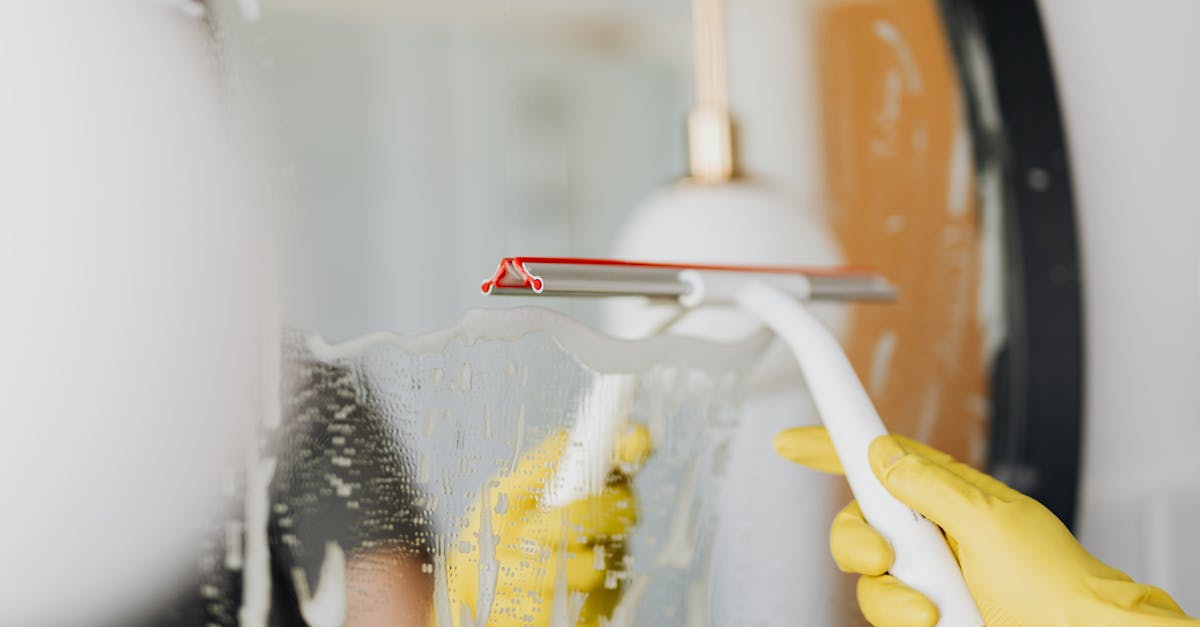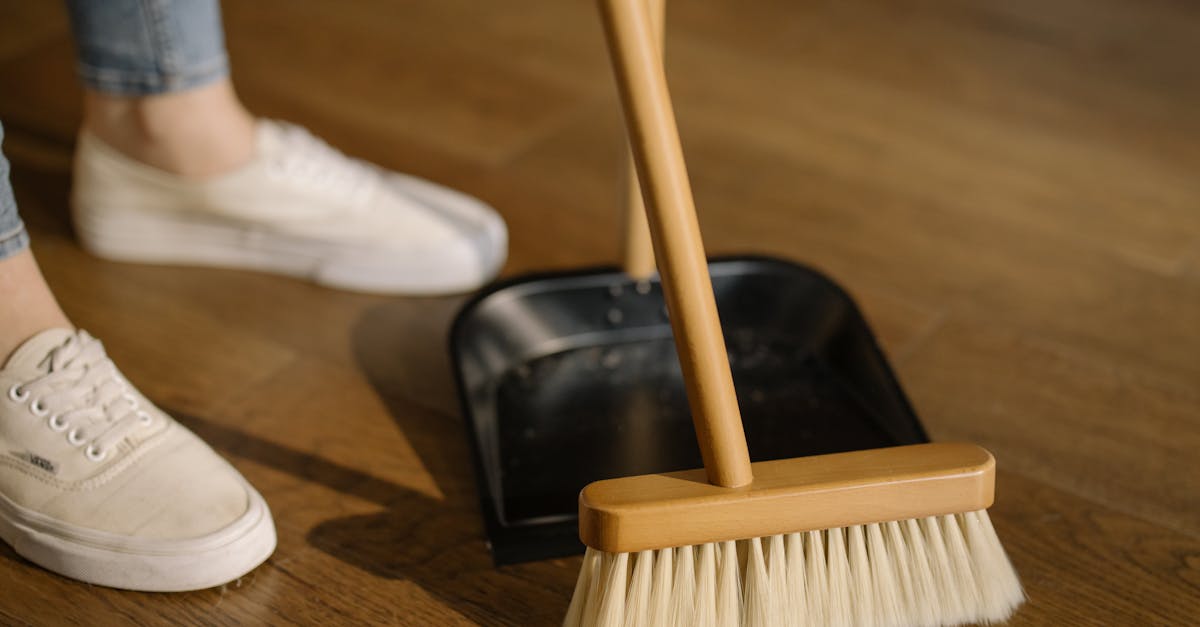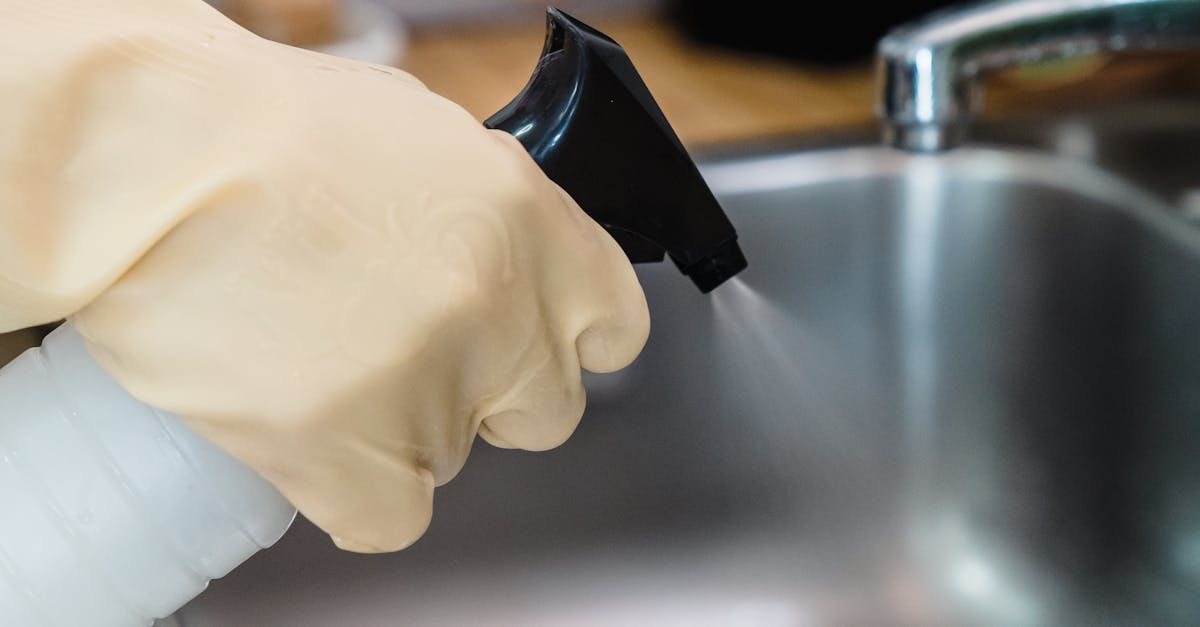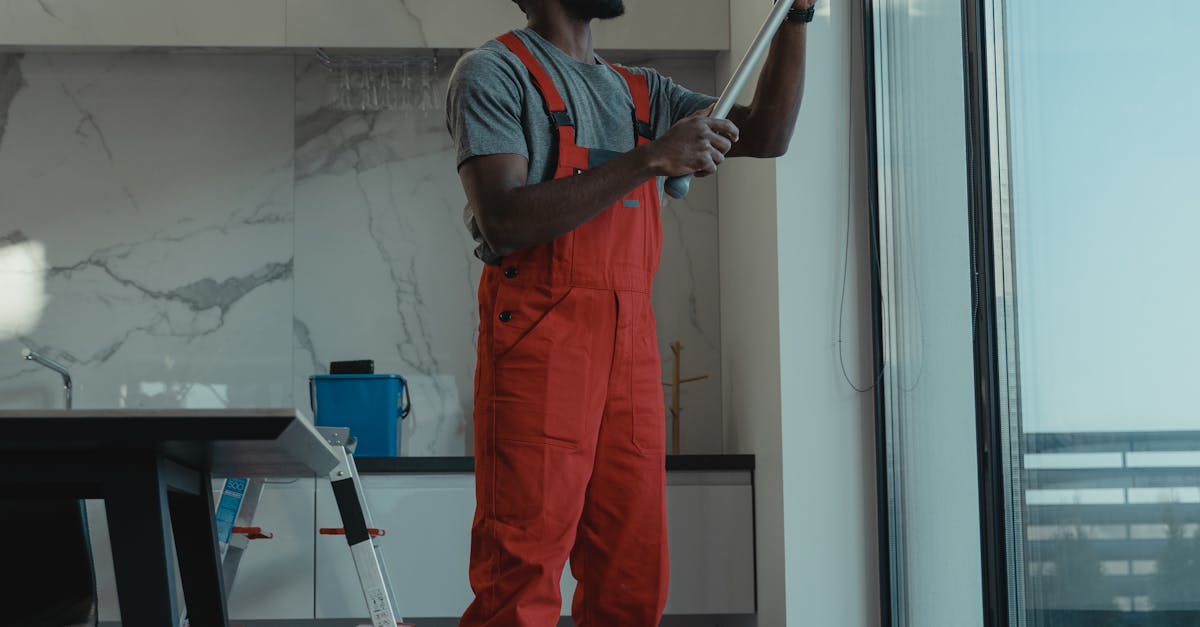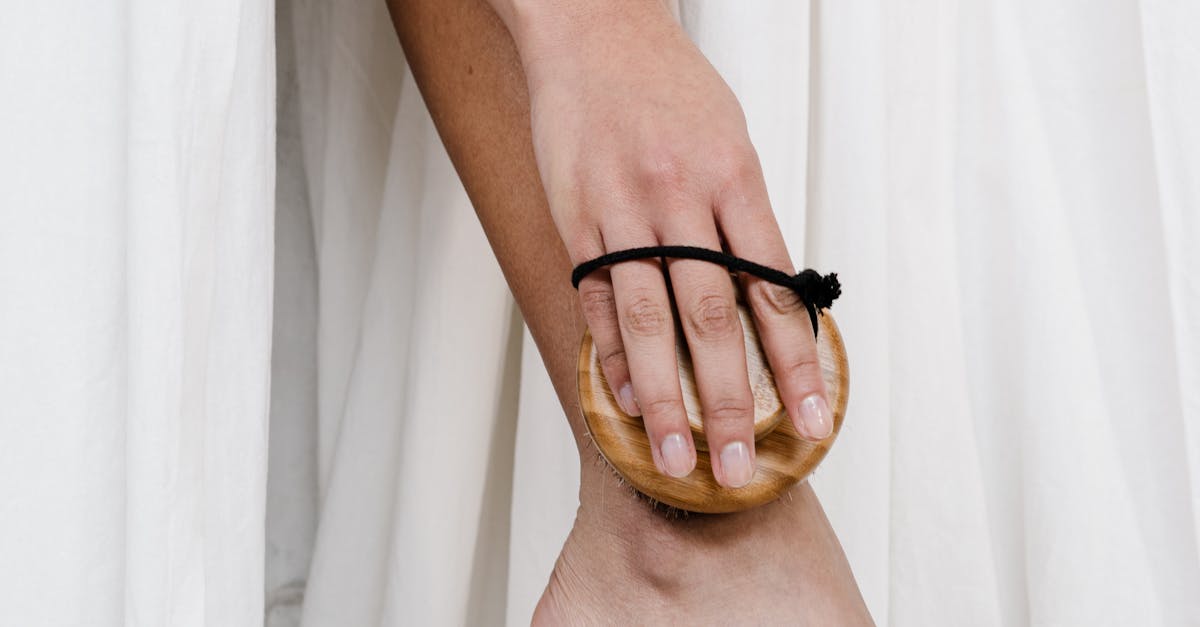
Table Of Contents
StepbyStep Guide to DIY Sink Installation
Installing a new sink can be a rewarding project for DIY enthusiasts. Before starting, gather all necessary tools and materials, including a wrench, plumber's tape, and a silicone sealant. The first step involves removing the old sink, if applicable. Shut off the water supply and disconnect any plumbing fixtures connected to the existing sink. Clean the area thoroughly to prepare for the new installation.
Once the old sink is removed, follow the manufacturer's instructions for placing the new sink into the countertop. Ensure that it sits level and fits securely. Next, connect the water supply lines, making sure to use plumber’s tape on threaded connections to prevent leaks. Once everything is in place, double-check your work before turning the water supply back on. Sink installation and repair can be straightforward with careful planning and attention to detail.
Detailed Instructions for a Successful Fit
For a successful sink installation, start by preparing the area. Ensure you have the right tools, including a basin wrench, plumber's tape, and a level. Shut off the water supply to avoid any accidents. Carefully remove the old sink, taking care to disconnect any plumbing lines attached. Clean the area thoroughly to create a smooth surface for the new sink.
Next, position the new sink into place and check its alignment. Use a level to ensure it sits evenly, adjusting as necessary. Secure the sink according to the manufacturer's instructions, ensuring all fittings are tight but not overdone. Once everything is in place, reconnect the plumbing lines. Check for leaks by slowly turning the water supply back on. This methodical approach will help ensure that your sink installation and repair process goes as smoothly as possible.
Potential Pitfalls of DIY Sink Installation
Many DIY enthusiasts underestimate the complexity of sink installation and repair. While the process may seem straightforward, there are several potential pitfalls that can arise, such as improper alignment or inadequate sealing, which may lead to leaks. Often, individuals may overlook the need to replace old plumbing fixtures or fail to account for existing water supply lines, resulting in complications that can escalate the cost and effort of the project.
Moreover, lack of experience can lead to the use of incorrect tools and techniques. Something as simple as not securing the sink properly can lead to future issues down the line, including instability and water damage. If the installation is not executed correctly, it often necessitates hiring a plumber to remedy the mistakes, which diminishes the initial savings anticipated from a DIY project.
Common Mistakes to Avoid During Installation
One common mistake during sink installation and repair is neglecting to properly measure the space available. If the measurements of the sink do not align with the countertop or cabinetry, it can lead to significant issues that require additional alterations or even the purchase of a new sink. Precision is key; double-check all dimensions before making a purchase to avoid this costly error.
Another frequent oversight involves the plumbing connections. Failing to ensure a tight fit on pipes can result in leaks that may not be immediately noticeable. It is crucial to securely attach all fittings and test for leaks before finishing up the project. Taking the time to follow proper procedures will help prevent future headaches and ensure a successful sink installation and repair.
Cost Considerations
When weighing the costs of sink installation and repair, it is essential to consider both the materials and labour involved. If opting for a DIY approach, initial savings may seem attractive; however, unforeseen expenses can arise. The purchase of tools, quality fittings, and a new sink can add to your total cost, especially if mistakes are made that require additional repairs or replacements.
Conversely, hiring a professional plumber can incur a higher upfront fee but might save money in the long run. Professionals bring expertise that can prevent costly errors and ensure proper installation. Ultimately, understanding the nuances of sink installation and repair can help you make a more informed decision regarding your budget and expectations.
Comparing DIY vs Professional Installation Expenses
When considering the financial aspects of sink installation and repair, DIY projects often present a more economical option. Homeowners can save on labour costs, which typically account for a significant portion of professional installation fees. By purchasing materials directly and taking on the task themselves, individuals have the potential to keep their expenses to a minimum. However, this approach does demand a considerable investment of time and effort to ensure the installation is executed correctly.
On the other hand, professional installation comes with its own set of costs that can vary widely based on the complexity of the job and the rates charged by local plumbers. Engaging a qualified tradesperson not only assures a high standard of workmanship but also provides peace of mind that any plumbing issues will be addressed efficiently. While the upfront costs may be higher, the long-term benefits of reliable installation and avoidance of costly mistakes make professional services an attractive option for many homeowners.
FAQS
Can I install a sink myself, or do I need a plumber?
You can install a sink yourself if you have the right tools and follow a detailed guide, but hiring a plumber is recommended for more complex plumbing systems or if you lack experience.
What tools do I need for a DIY sink installation?
Basic tools for a DIY sink installation include a wrench, screwdriver, level, plumber's tape, and a basin wrench. Additional tools may be required depending on your specific plumbing setup.
What are the common mistakes to avoid during sink installation?
Common mistakes include not measuring properly, failing to secure connections tightly, neglecting to check for leaks, and not ensuring the sink is level, which can lead to future problems.
How much does it typically cost to hire a plumber for sink installation?
The cost of hiring a plumber for sink installation can vary widely based on your location and complexity of the job but typically ranges from $100 to $300 or more.
Is it worth it to hire a professional plumber instead of doing it myself?
If you're unsure of your plumbing skills, lack the necessary tools, or want to avoid potential pitfalls, hiring a professional plumber can save time, ensure quality work, and provide peace of mind.

